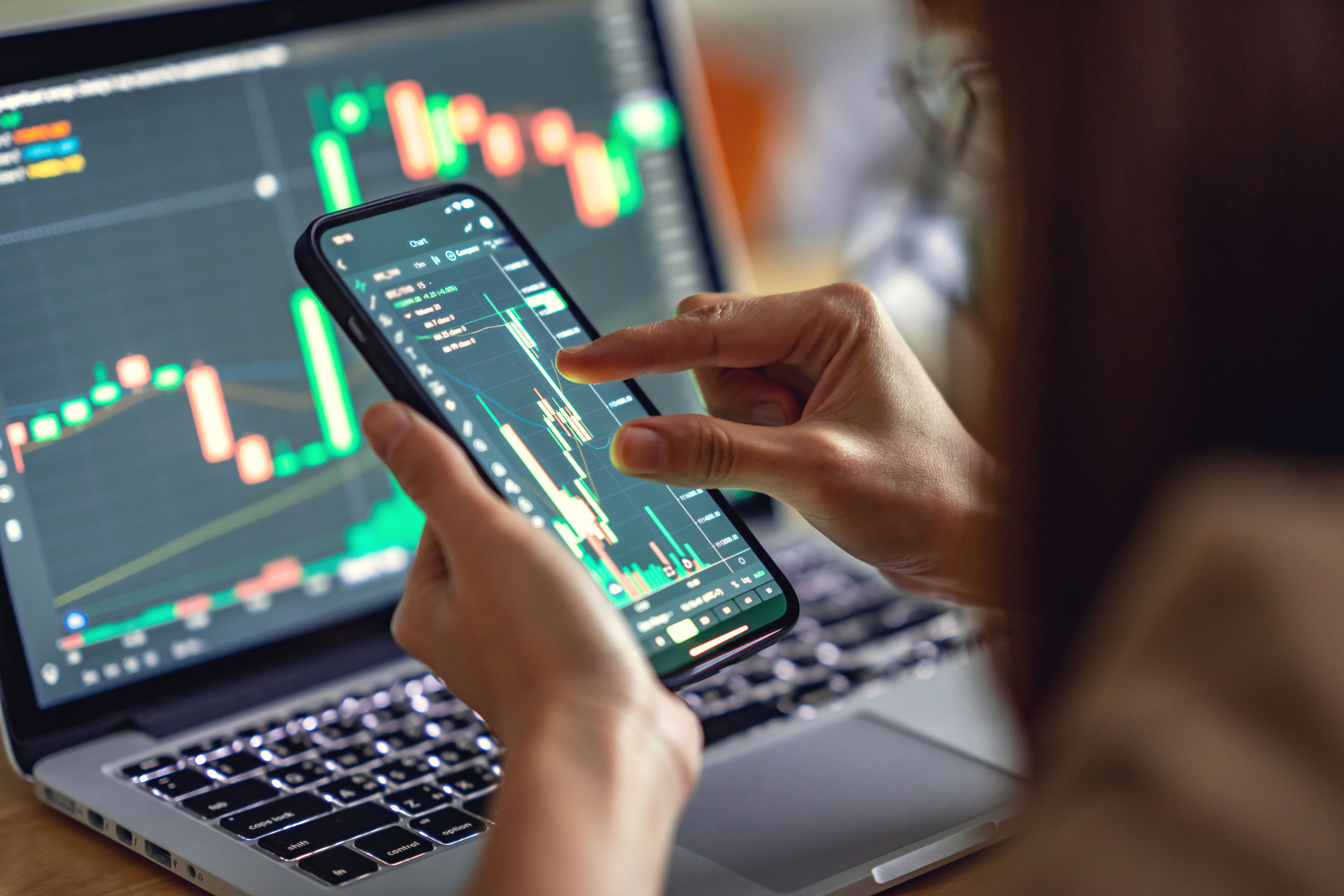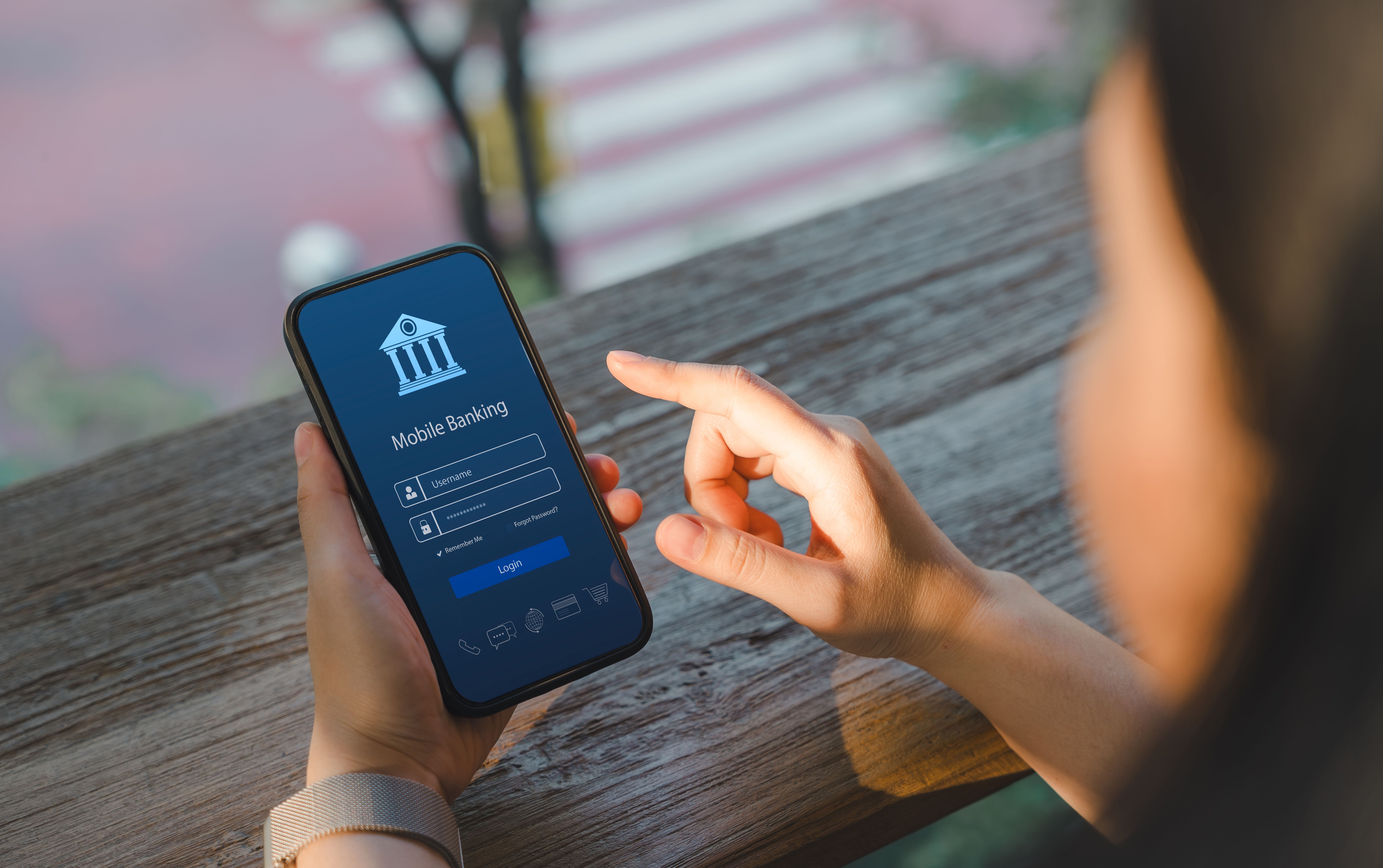Comparing the Future of Telcoin, XRP, and Bitcoin
Introduction to the Future of Cryptocurrencies
The world of cryptocurrencies is evolving rapidly, with various digital currencies offering unique propositions for the future of finance. Among them, Telcoin, XRP, and Bitcoin stand out as significant players with distinct roles and potential developments. As we delve into their prospects, we'll explore how these cryptocurrencies are positioned in the ever-changing landscape of digital assets.

Telcoin: Bridging Telecommunications and Blockchain
Telcoin is a relatively new entrant in the cryptocurrency space, aiming to revolutionize the way people transfer money globally. By leveraging partnerships with telecom operators, Telcoin seeks to provide seamless and low-cost remittances across borders. This approach could make Telcoin particularly appealing in regions with limited banking infrastructure but widespread mobile phone usage.
As the world moves towards greater financial inclusion, Telcoin's ability to integrate with existing telecom networks might play a crucial role in expanding its user base. The strategic focus on remittances could position Telcoin as a preferred choice for millions seeking efficient and affordable cross-border transactions.
XRP: The Digital Currency for Financial Institutions
XRP, the digital asset developed by Ripple Labs, is designed to facilitate fast and secure international payments. Unlike other cryptocurrencies that target individual users, XRP primarily focuses on serving financial institutions. Its consensus protocol enables rapid transaction processing, making it an attractive solution for banks seeking to improve cross-border payment efficiency.

With growing regulatory scrutiny and partnerships with major financial entities, XRP's future appears intertwined with the evolution of global payment systems. The focus on institutional adoption may lead to broader acceptance among banks, potentially increasing its value and relevance in the financial sector.
Bitcoin: The Pioneer of Digital Currency
Bitcoin remains the most recognized and widely adopted cryptocurrency. As the first successful implementation of blockchain technology, Bitcoin has set the standard for decentralized digital currencies. Its primary appeal lies in its scarcity and security, often viewed as a "digital gold" by investors seeking a hedge against traditional financial systems.
The future of Bitcoin may involve further integration into mainstream finance as institutions increasingly recognize its potential as a store of value. However, scalability challenges and energy consumption concerns continue to be critical issues that need addressing for Bitcoin to maintain its leadership position.

Comparative Analysis: Telcoin vs. XRP vs. Bitcoin
When comparing Telcoin, XRP, and Bitcoin, each cryptocurrency offers distinct advantages:
- Telcoin: Focuses on enabling affordable remittances through telecom networks.
- XRP: Targets financial institutions with fast transaction processing capabilities.
- Bitcoin: Serves as a decentralized store of value with widespread recognition.
These differences highlight the diverse approaches within the cryptocurrency ecosystem, each catering to specific market needs and opportunities.
The Path Forward
The future trajectory of Telcoin, XRP, and Bitcoin will largely depend on market adoption, regulatory developments, and technological advancements. As blockchain technology continues to mature, these cryptocurrencies must adapt to changing conditions while staying true to their foundational principles.
Investors and enthusiasts should monitor key trends such as institutional partnerships, regulatory changes, and technological innovations to better understand each cryptocurrency's potential impact on the financial landscape. By doing so, they can make informed decisions about which digital assets align with their investment strategies.
